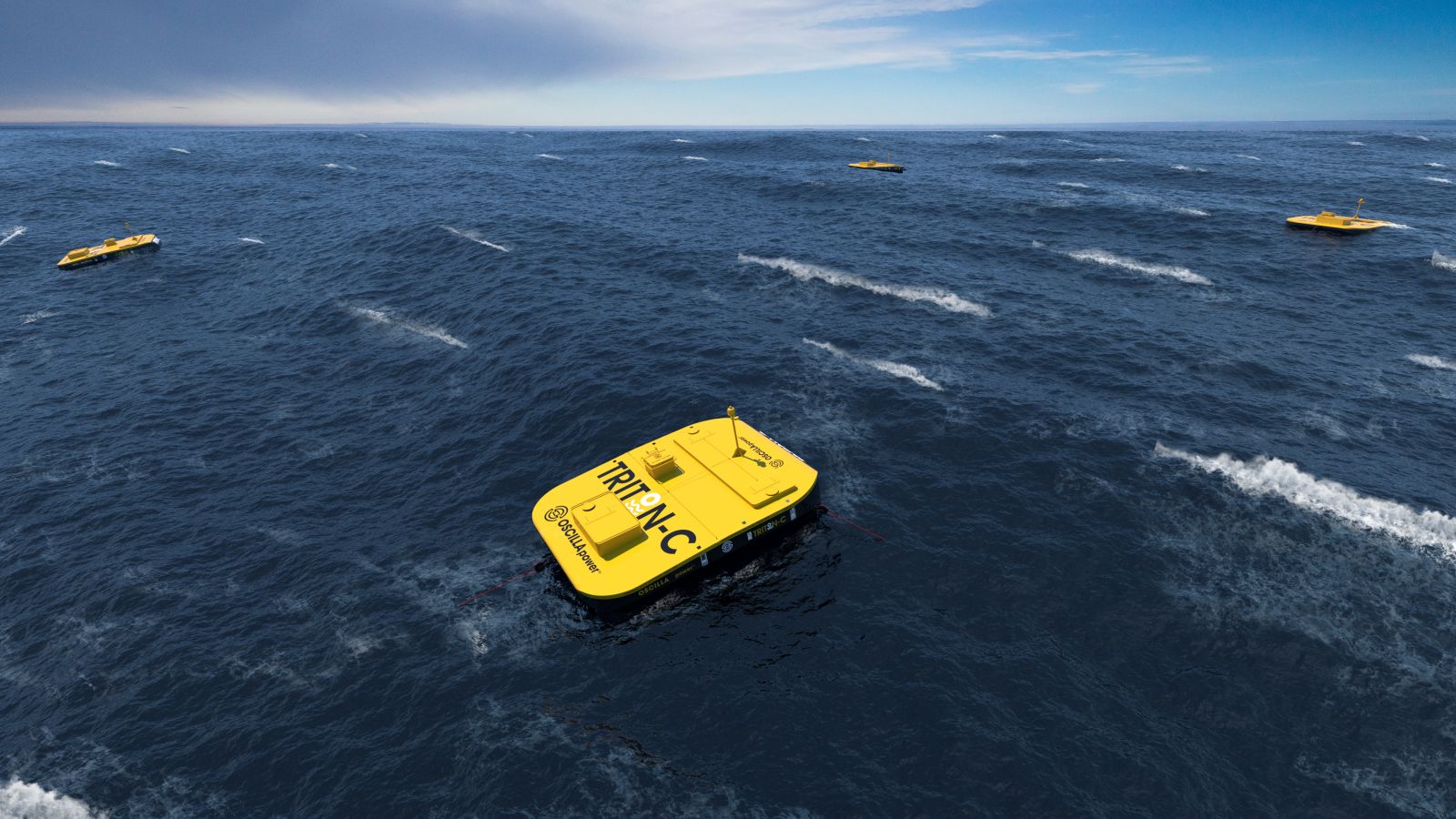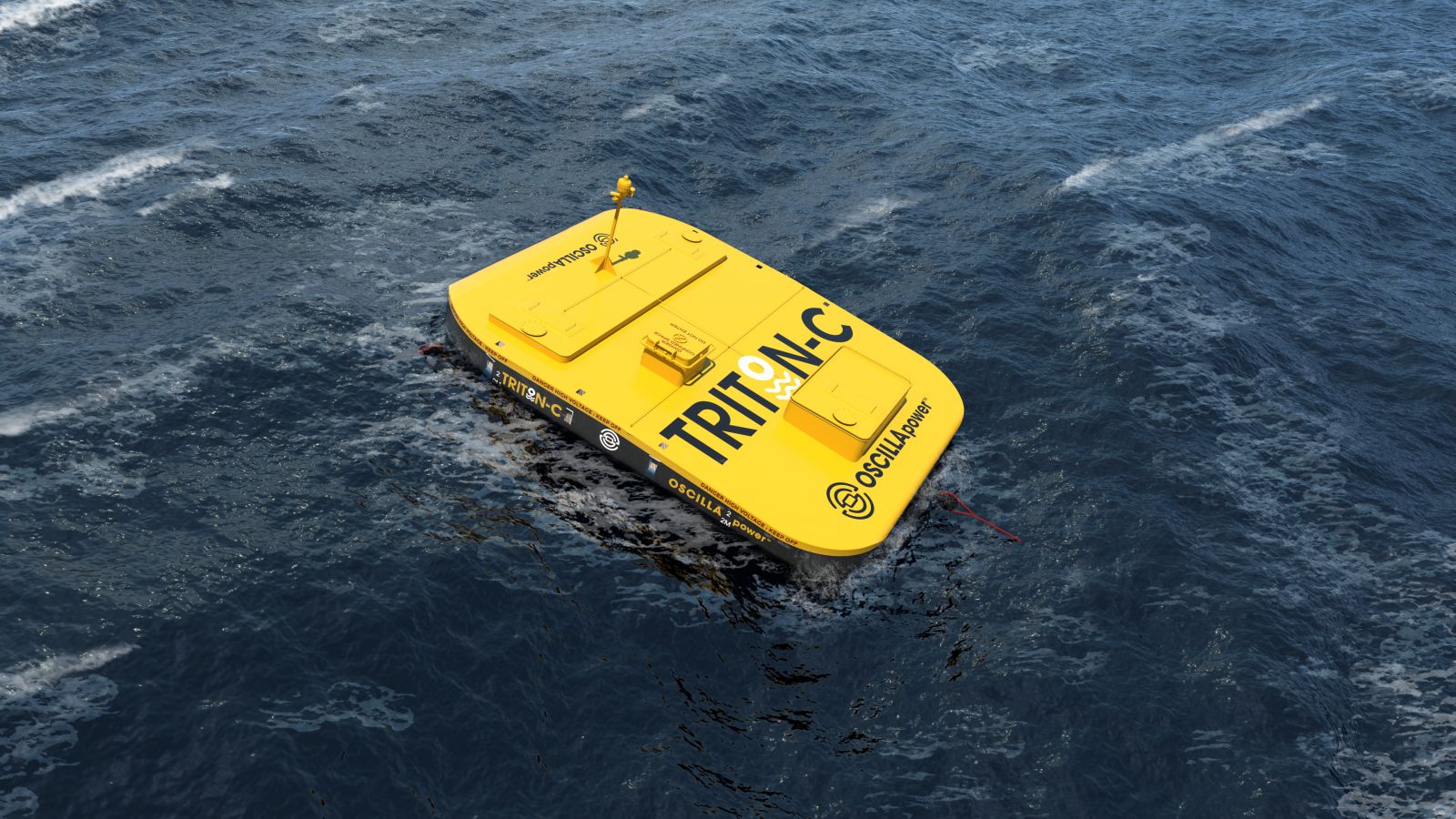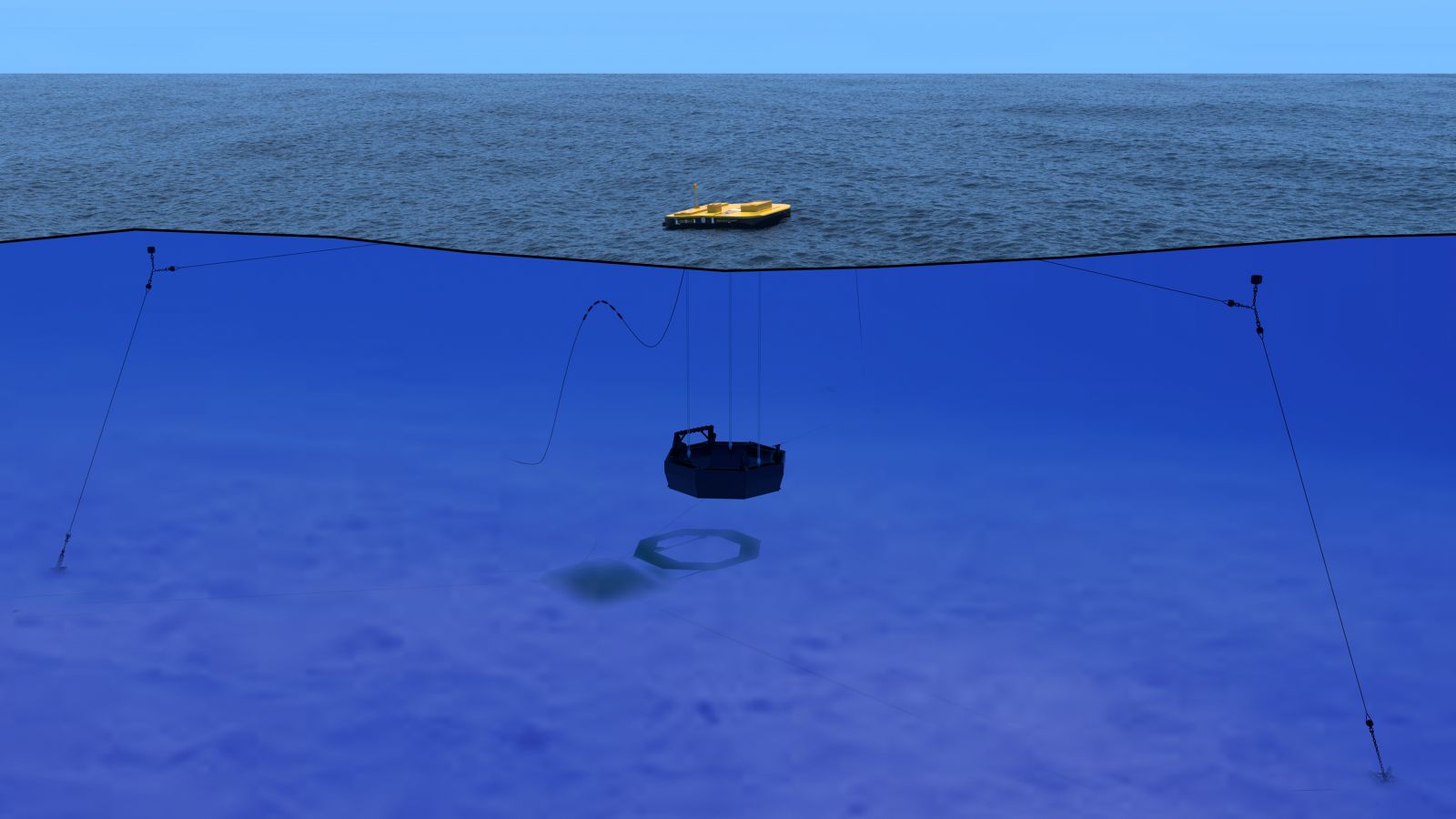Busting the High-Cost Wave Energy Myth
The high-cost of wave energy narrative is all too well-known, and a common knock against investing in wave energy conversion. However, given the latest technological advances, it's time to bust the wave-energy myth and the barriers it creates to investment.
Like most myths, the high-cost wave energy myth is rooted in some facts that do not reflect modern technology or research. Stating that "it is simply too high-cost" is based on a few misconceptions. Once those are broken down in context, it's easy to see the potential for wave energy to join the global energy mix.
Insufficient Modeling Capability Led to Over-Engineered Wave Energy Systems with Low Energy Production
Wave energy production can be classified by annual energy production (how much electricity the converter can produce each year), and name-plate rated capacities (typical energy production under a specific selected wave climate). A number of the older wave energy conversion devices had very high rated capacities. But, when these systems were tested in real operating environments, the annual energy production tended to be very low. The ratio of the low annual energy production and high rated capacities would cause low capacity factors - in some cases, some systems saw capacity factors as low as 10 percent.
In other words, many older wave energy systems had such low annual energy production, most systems (especially the small, one-off projects) had very high electricity costs.

One reason why this was so common was that the '80s and '90s lacked easy to use modeling software, and the access to computational hardware to predict performance in real ocean conditions quickly and accurately. The ocean is very complex: Every wave that a converter is exposed to is slightly different. In order to model how much power the system could generate (and design and optimize it accordingly), advanced software modeling tools and computation power were needed-something that has only become available over the past decade.
Early model testing and tank testing were done with limited capability. Considering the complex interaction between the capture of energy from the waves - and the conversion of this captured energy to eclectic power - the performance of these systems was often inaccurate. This resulted in devices that were inefficient when tested in real ocean conditions, resulting in very high electricity cost.
Moreover, in an effort of extreme caution to protect devices from harsh marine environments, many of the devices were overengineered and reinforced to withstand huge waves. This increased production and capital costs, which in turn drove up the energy costs of an already inefficient device.
Today, modern advances in technology are allowing engineers to more accurately model, test, and optimize wave energy converters that work efficiently in various marine environments.
 Rather than design for the extreme, bulking up devices to withstand the impact of large waves, companies are taking a different approach-creating survival strategies that allow the device to avoid exposure to the harshest wave environments altogether. Though there are additional costs with implementing these features, the trade-off lowers net capital costs and maintenance costs overall.
Rather than design for the extreme, bulking up devices to withstand the impact of large waves, companies are taking a different approach-creating survival strategies that allow the device to avoid exposure to the harshest wave environments altogether. Though there are additional costs with implementing these features, the trade-off lowers net capital costs and maintenance costs overall.
The bottom line is, advanced software and computing power are allowing wave energy converters to be more efficiently designed to withstand a variety of wave conditions, while more accurately predicting important data such as annual energy production, rated capacity, and ability to survive extreme waves.
As a result, devices that are built and tested today can be designed for maximum efficiency and survivability, which ultimately drives the cost of wave energy production down.
Projected costs of small early projects were done on small scales
Comparative studies of various types of energy options report wave energy costs of anywhere between $0.35 per kilowatt-hour and a dollar per kilowatt-hour. While higher than the average cost of fossil fuels, wind, and solar (approximately $0.05 to $0.17, $0.02, and $0.05 to $0.15 kWh, respectively), this doesn't reflect the cost of wave energy at scale. In fact, these inaccurate projections are based on data from small-scale, often single unit, wave energy converters.
The production of wave energy converters at scale can be cost-effective. Producing at scale puts companies in a better position to negotiate bulk prices with vendors, which helps increase profit margins while lowering individual component costs. In addition, building energy converters at scale helps build streamlined operations for production, while also taking advantage of learning curve cost reductions of all, which lowers the cost of production even further.
Unfortunately, reported costs of wave energy devices typically refer to one-off, small scale projects where the costs compared to at-scale systems are considerably more expensive, reinforcing the investment barrier.
Wave Renewables have benefits we can't ignore or write off as too expensive
If you were to go back in time and look at the projections made for wind in the '90s, you'll find that while the cost of wind energy was expensive, there were projections driving the cost down. Few predicted the tremendous technological leaps that allowed for the mass scale of wind renewables. Projections could be made to a certain point, but the thought of making offshore wind turbines with blade lengths greater than 100 meters that could generate 10 MW of power seemed impossible at the time.
Wave energy is facing a similar scenario, and key players in the industry have a clear understanding and use of the technological advancements that could push wave energy to the forefront of renewables. In addition, there are endless advancements that the industry has not predicted - technological breakthroughs that can drive down the cost of wave renewables down to levels comparable with wind, solar, and fossil fuels, as has happened in each of these industries.

Yes, wave energy is difficult to capture, but here's the thing: it's a largely untapped potential with benefits we can no longer write off as too expensive. The high-cost wave myth needs to be busted, and be busted for good if we want to peak investor interest and give the industry the rocket fuel it needs to make a considerable impact in the renewable energy market.
Balky Nair is Co-Founder and President of Oscilla Power, a private company based in Seattle. Oscilla is developing an advanced wave energy converter that can unlock the tremendous renewable energy potential of the world's oceans.
Oscilla Power | oscillapower.com
If you're interested in learning more, we highly recommend reading the following:
Liebrich is Very Wrong--Wave Power is Already Competitive
Levelized Cost of Energy and Levelized Cost of Storage 2019
Tidal Stream and Wave Energy Cost Reduction and Industrial Benefit
Author: Balky Nair
Volume: 2020 September/October








